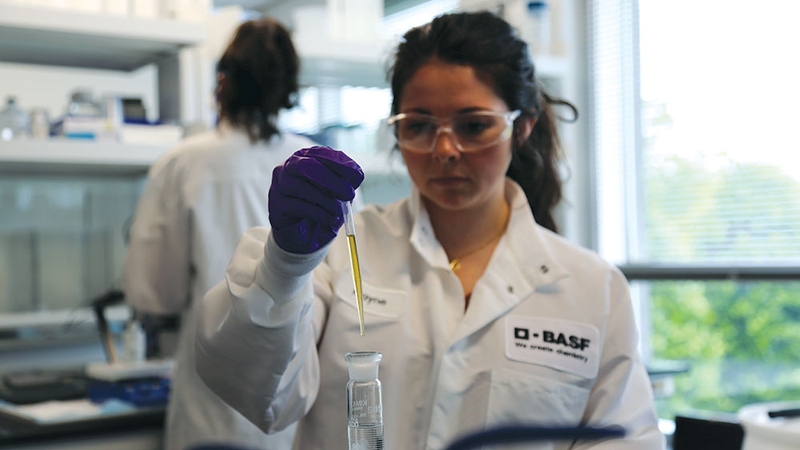Don’t Dismiss Resistance
The message was clear for attendees: The weeds are getting more adaptive, so you must be more proactive in how you deal with them.
During the winter months, Cotton Grower magazine, with financial support from Monsanto, held Total Weed Management Answer Forums in weed resistance hot spots in the Cotton Belt. Growers gathered to hear experts discuss weed resistance and best practices for its management.
In Dothan, AL, attendees got to hear about the management challenges that Georgia growers are having with Palmer amaranth. Stanley Culpepper, Extension weed specialist from the University of Georgia, warned the southwest Alabama grower audience about Palmer amaranth’s tenacious competitiveness and prolific seed production capabilities.
Palmer amaranth is unique in that the species features a male plant and a female plant, and research has shown that the traits travel with the pollen.
“If you have a sensitive female plant 1 meter away from a glyphosate-resistant male plant, 70% of that progeny will be resistant to glyphosate,” says Culpepper. “If you move that distance out to 250 meters distance, 20% of progeny resistant to glyphosate are the female plant.” With a reproductive capacity of 450,000 seeds per plant, resistance is a significant threat to spread.
“Managing the seed bank,” or ensuring more Palmer amaranth is coming out than going back into the field, is key to managing resistance. And with truly new weed management technology not due to come to the Cotton Belt for another 8 years, judicious use of existing technology is key.
“If we make it to the next wave of technology, it will be completely dependent on the PPO herbicides,” says Culpepper. “And the two tools of greatest importance to the cotton grower are Reflex and Valor. If we get resistance to these two chemistries in the next few years we will never make it.”
At the Answer Forum in Columbia, MO, Extension Weed Specialist Kevin Bradley noted that enemy No. 1 for growers has become common waterhemp. The main practice that led to waterhemp developing resistance in the state has been growers planting Roundup Ready soybeans year after year, in some cases for nearly a decade.
Waterhemp is also a growing problem in east Texas, with glyphosate-tolerant and potentially resistant biotypes emerging, says Paul Baumann, professor and Extension weed specialist, Texas A&M University, who spoke at a Total Weed Management event in El Campo. Among the more widespread issues is sulfonylurea resistant ryegrass, reported in several counties in the state.
For more on managing weed problems, visit Monsanto’s Web site at www.weedresistancemanagement.com.
Caption:
Paul Baumann, Texas A&M University








